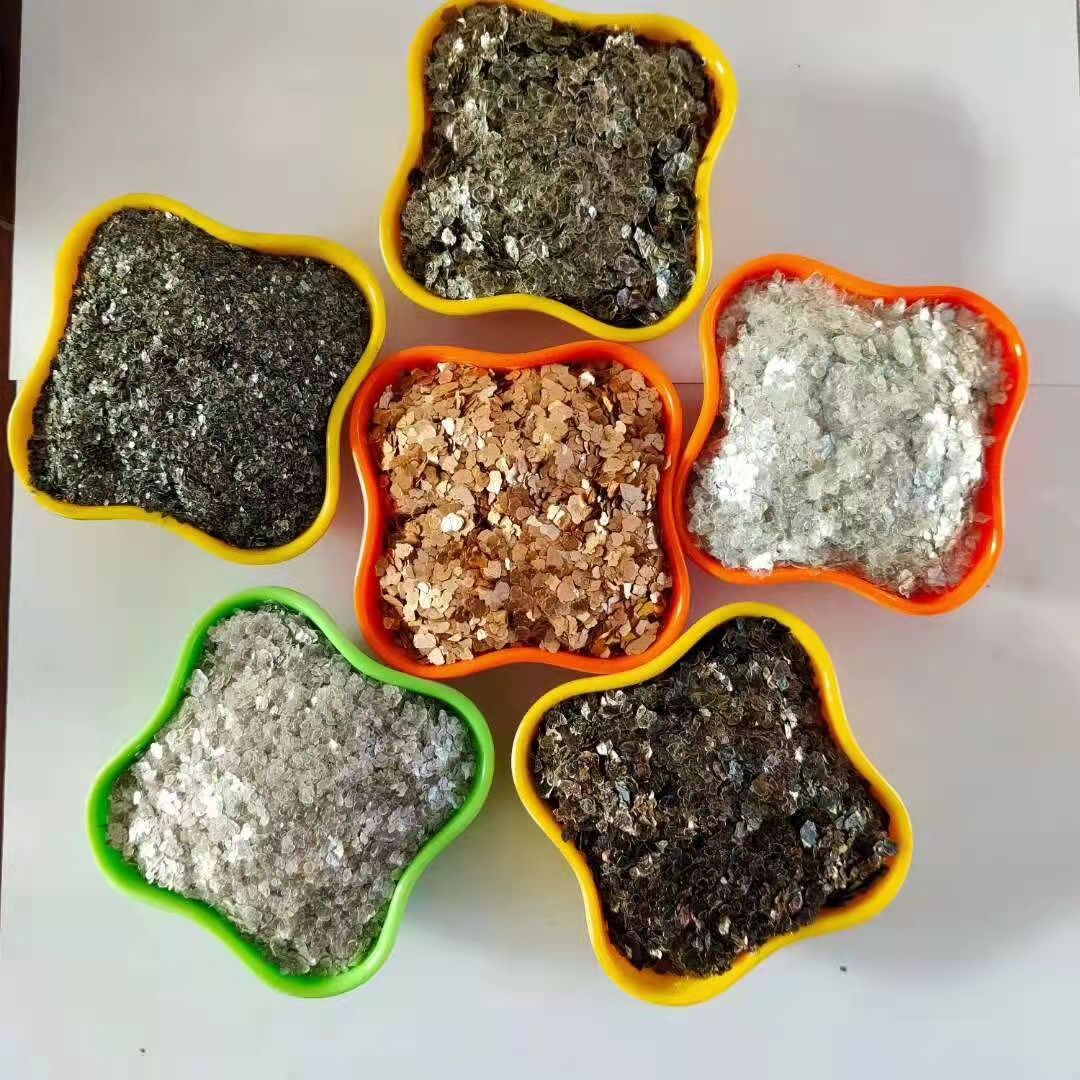
Exploring the Properties and Applications of Rutile Titanium Dioxide as a Versatile Pigment Solution
The Importance of Rutile Titanium Dioxide Pigment in Modern Industries
Rutile titanium dioxide (TiO2) is a key pigment widely employed across various industries due to its exceptional properties. Renowned for its high refractive index, excellent opacity, and durability, rutile TiO2 is predominantly used in coatings, plastics, paper, and even cosmetics. This article explores the significance of rutile titanium dioxide pigment, its unique characteristics, manufacturing process, and applications across diverse sectors.
Rutile is one of the three forms of titanium dioxide, with the other forms being anatase and brookite. However, rutile TiO2 is the most stable and has superior optical properties, making it the preferred choice for pigment applications. Its ability to scatter light efficiently and provide maximum whiteness makes it an ideal agent for enhancing the brightness and opacity of various products. Due to this, rutile TiO2 is often referred to as the white gold in the pigment industry.
One of the primary functions of rutile titanium dioxide pigment is its use as a white pigment in coatings. In paints and varnishes, it improves the durability and resistance of the finish while providing excellent hiding power. This characteristic is crucial for coating applications in both interior and exterior environments, as the pigment helps prevent fading and yellowing over time. Furthermore, the high refractive index of rutile allows for better gloss and finish quality, making it an essential component in automotive and industrial coatings.
In the plastics industry, rutile TiO2 is used extensively as a colorant and reinforcing agent. It not only provides brightness and opacity but also enhances the mechanical properties of plastic products. By incorporating rutile TiO2 into polymer matrices, manufacturers can produce high-performance plastic items that exhibit enhanced UV resistance, decreased thermal degradation, and improved mechanical strength. This application is particularly valuable in outdoor products where durability and longevity are critical.
rutile titanium dioxide pigment

The paper industry also reaps the benefits of rutile titanium dioxide. Used as a filler and coating pigment, rutile TiO2 enhances the brightness, smoothness, and printability of paper products. The efficient light scattering ability of rutile allows for a reduction in the amount of fiber needed, thereby improving the cost-effectiveness of producing high-quality paper. As a result, rutile TiO2 plays a vital role in the production of various paper types, including magazines, packaging materials, and fine printing papers.
In addition to its traditional applications, rutile titanium dioxide is finding increased use in cosmetics and personal care products. It serves as a whitening agent and is particularly valuable in sunscreens, where it offers significant UV protection. The opacifying and pigmenting properties of rutile TiO2 enhance the aesthetic appeal of cosmetic formulations while ensuring safety and effectiveness in sun protection.
The manufacturing of rutile titanium dioxide typically involves the sulfate and chloride processes. The sulfate process is more traditional and involves the digestion of ilmenite ore with sulfuric acid, followed by hydrolysis and calcination to produce rutile. On the other hand, the chloride process is more modern and environmentally friendly, using titanium tetrachloride as an intermediate to synthesize rutile TiO2. Each method has its advantages, but the chloride process has gained popularity due to its lower environmental impact and higher purity of the final product.
In conclusion, rutile titanium dioxide pigment is an indispensable ingredient across numerous industries, providing aesthetic, functional, and protective benefits. Its unique properties such as high refractive index, opacity, and durability make it essential for applications in coatings, plastics, paper, and cosmetics. As industries continue to evolve and demand for advanced materials increases, the relevance of rutile TiO2 is expected to grow, solidifying its position as a cornerstone of modern manufacturing and product formulation.
Share
-
Premium Pigment Supplier Custom Solutions & Bulk OrdersNewsMay.30,2025
-
Top China Slag Fly Ash Manufacturer OEM Factory SolutionsNewsMay.30,2025
-
Natural Lava Rock & Pumice for Landscaping Durable Volcanic SolutionsNewsMay.30,2025
-
Custom Micro Silica Fume Powder Manufacturers High-Purity SolutionsNewsMay.29,2025
-
Custom Mica Powder Pigment Manufacturers Vibrant Colors & Bulk OrdersNewsMay.29,2025
-
Custom Micro Silica Fume Powder Manufacturers Premium QualityNewsMay.29,2025






